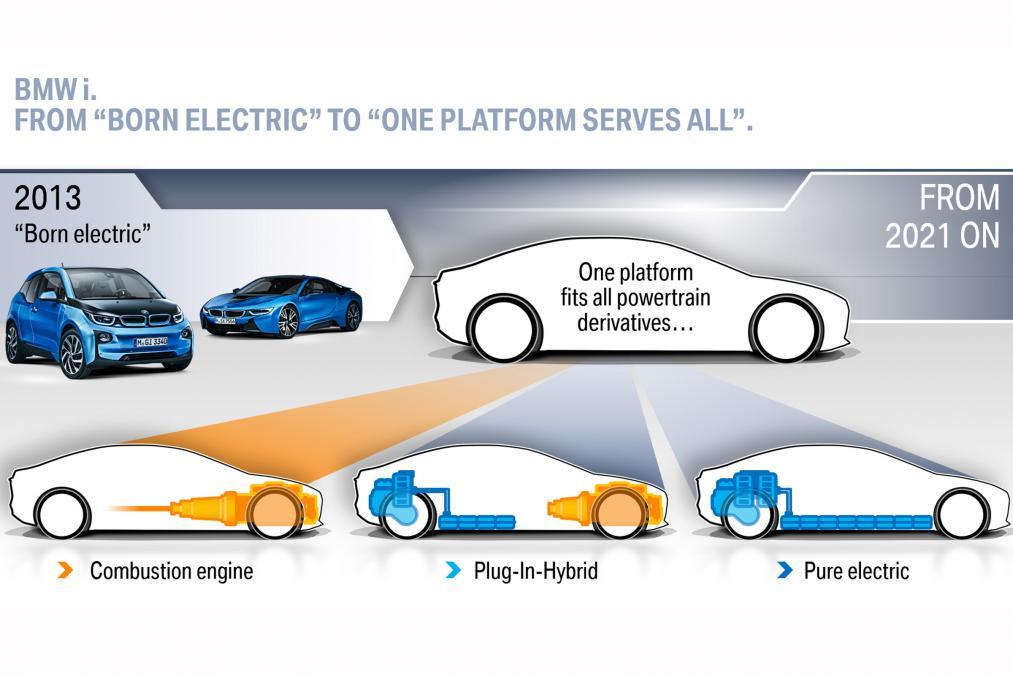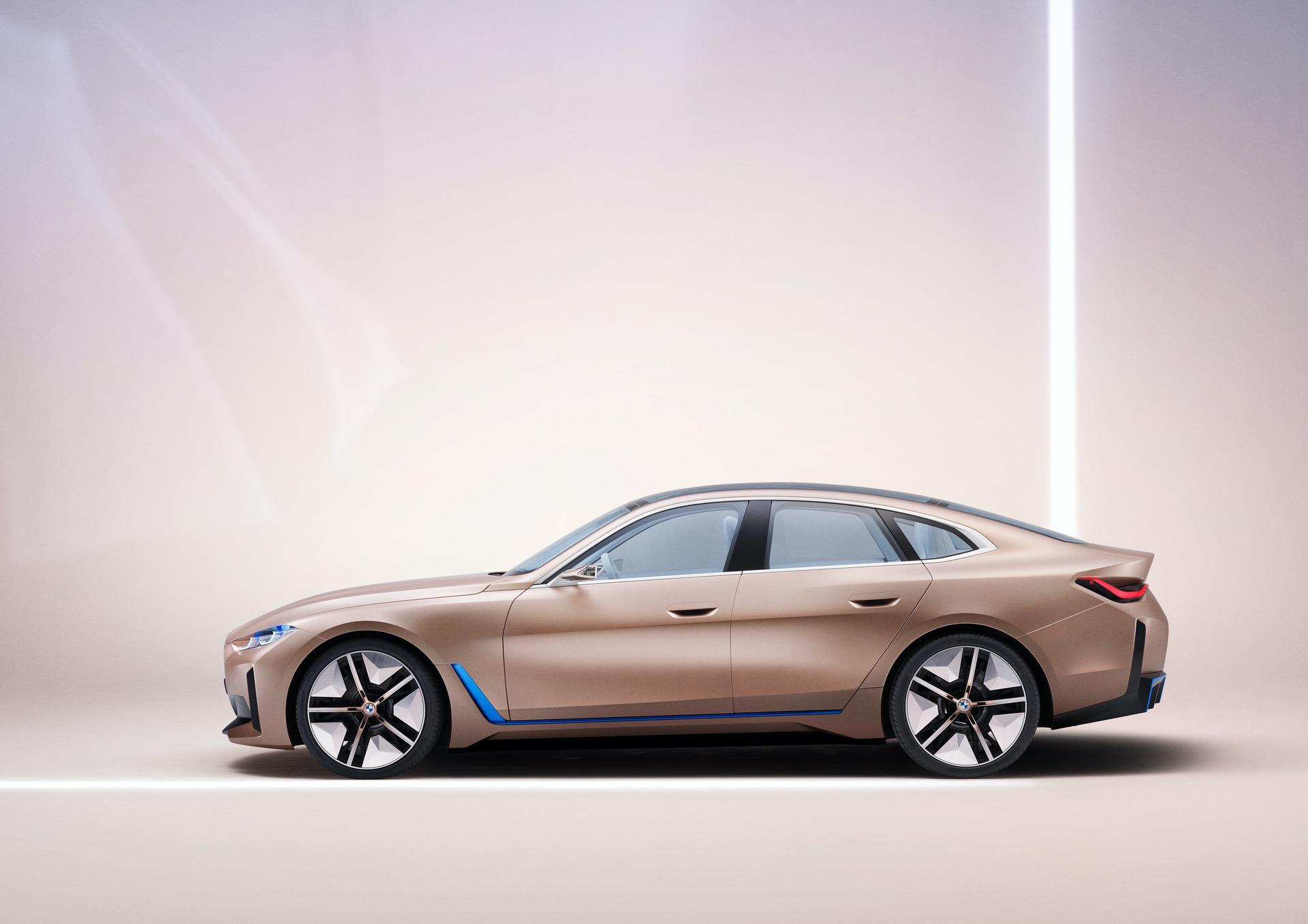Today, the vast majority of automakers consider the electric car as the future of the industry. However, when developing a range of electric models, brands are betting on two radically opposite strategies: some are creating specific platforms for this type of vehicle and others adapt their internal combustion models.
In the first group, we can find companies such as the Volkswagen Group, Hyundai, or the Renault-Nissan-Mitsubishi Alliance, which have developed modular skate-board platforms designed specifically for electric cars. Despite the higher initial investment involved in this strategy, it makes it possible to simplify the production of electric vehicles, reduce their development cost, and optimize their design (flat batteries on the underside, cut overhangs, greater wheelbase, shorter hood, front windshield …). Thus improving aspects such as its aerodynamics, its habitability, or its dynamic behavior.
In the second group are groups such as PSA (Peugeot-Citroën, Opel) or BMW, which have multi-energy modular platforms that allow the same model to be manufactured with thermal, hybrid and 100% electric powertrains. However, everything seems to indicate that little by little, this option will lose support.

Until now BMW has been one of the great defenders of multi-energy architectures thanks to its FAAR (front-wheel drive and all-wheel drive) and CLAR (rear-wheel drive and all-wheel drive) platforms, adapted to gasoline, diesel, plug-in hybrid, 100% electric engines and even with a hydrogen fuel cell.
However, there are many internal pressures to change this strategy: Manfred Schoch, chairman of the BMW, works council, has stated in a recent interview that the company needs its electric platform. “Only with our electrical architecture can we fully take advantage of an electric car.”
In this interview, Schoch has stated that he is not alone in thinking that a dedicated platform would allow BMW to be more competitive since several company managers are pressing in the same direction. Despite everything, and although the executives are unbeaten in their endeavor, it will probably still be several years before the launch of such an architecture (Volkswagen began to design its MEB platform in 2015, five years ago).

